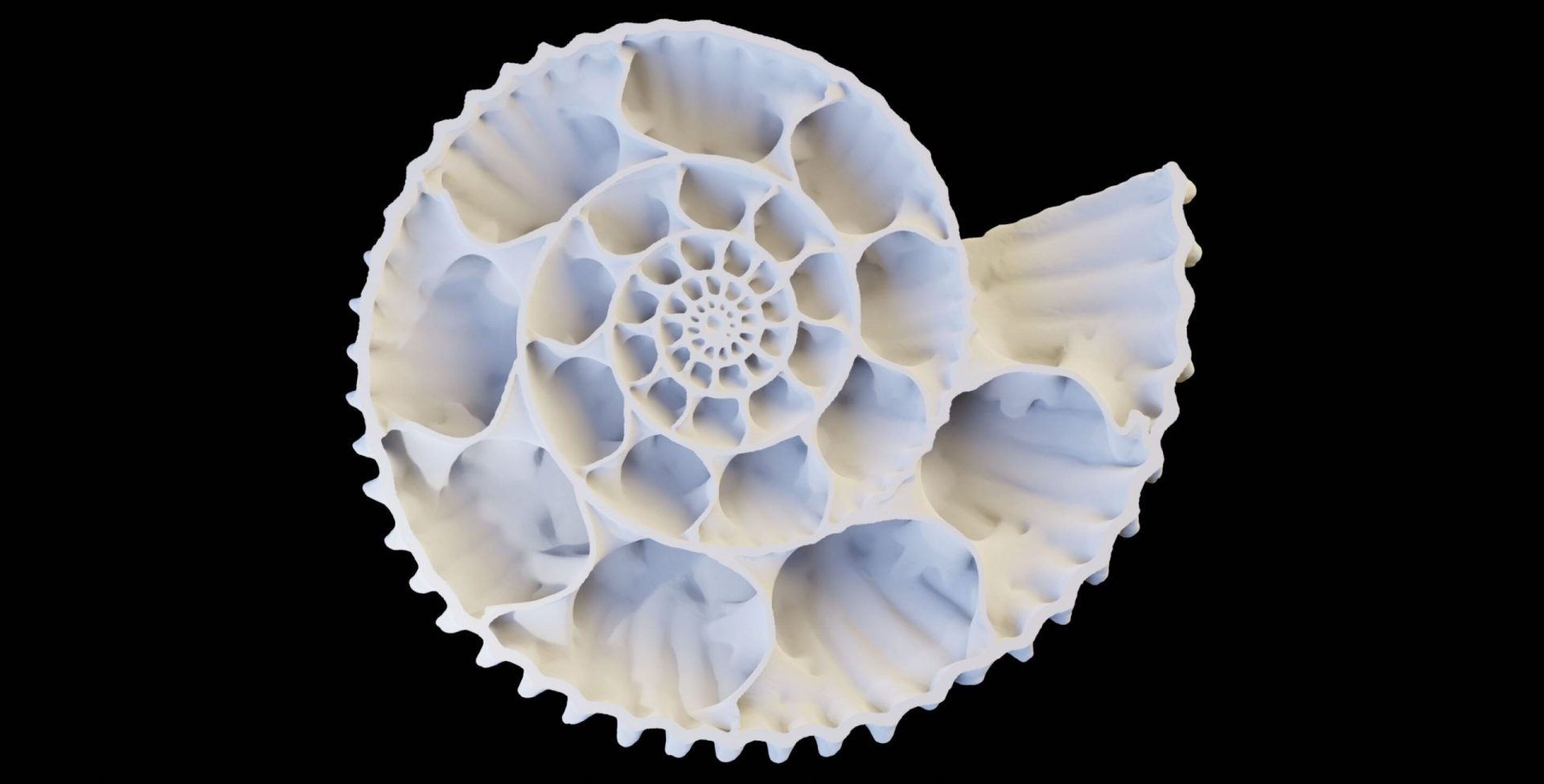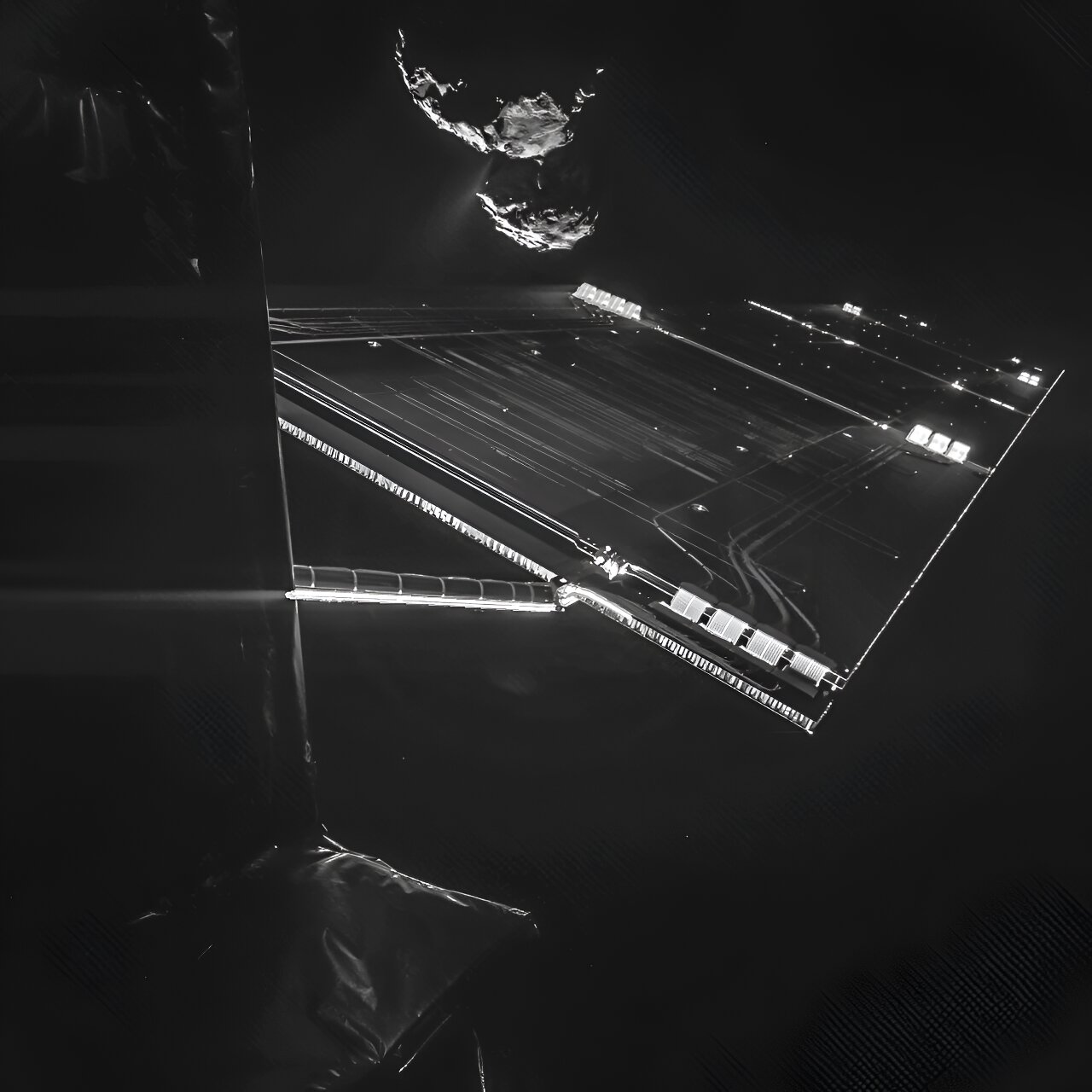Ammonoids, the captivating marine mollusk fossils, have intrigued scientists and amateur collectors alike. These ancient creatures, which evolved over 350 million years, developed intricate shells with mesmerizing fractal-like patterns. The reason behind this increasing complexity has been a subject of debate for centuries.
Dr. Robert Lemanis and Dr. Igor Zlotnikov from the B CUBE–Center for Molecular Bioengineering at TU Dresden have delved into this mystery. Through mechanical simulations and computed tomography-based models, they have uncovered a potential explanation: the intricate architecture of these shells may have served as a brilliant defense strategy against a wide range of predators. Their groundbreaking research has been published in the esteemed journal Science Advances.
“Throughout 350 million years of evolution, ammonoids consistently developed shells with increasingly complex inner walls. This persistent trend suggests the presence of a driving force, but the question remains: What is it? Water pressure, muscle attachments, respiration, and Cartesian devils have all been proposed as explanations, but evidence is scarce. That’s why we decided to explore a neglected idea,” explains Dr. Robert Lemanis, a researcher in Dr. Zlotnikov’s group at the B CUBE.
The team’s findings reveal a fascinating correlation between the evolving complexity of the ammonoid shell and its ability to withstand external forces. As these ancient creatures navigated the oceans, their shells provided a shield against predators and environmental factors. The intricate inner structures offered crucial reinforcement, making it increasingly difficult for predators to break through.
“Consider that the ammonoid shell was relatively thin, and once it fractured, the animal couldn’t repair it. A robust shell—one that could resist damage—increased the chances of survival,” explains Dr. Lemanis.
In essence, the evolution of the shell tells a tale of survival against all odds. Through countless years of adaptation and innovation, these ancient creatures crafted their defenses with remarkable precision. The research from the B CUBE team offers us a glimpse into the distant past, where the beauty of nature intertwines with the relentless pressures of survival.
“Our work bridges biology and engineering, highlighting how animals utilize the power of fractal morphology to design more resilient biomaterials. It can serve as inspiration for creating robust structural designs,” summarizes Dr. Zlotnikov, the research group leader at the B CUBE.
,,,








